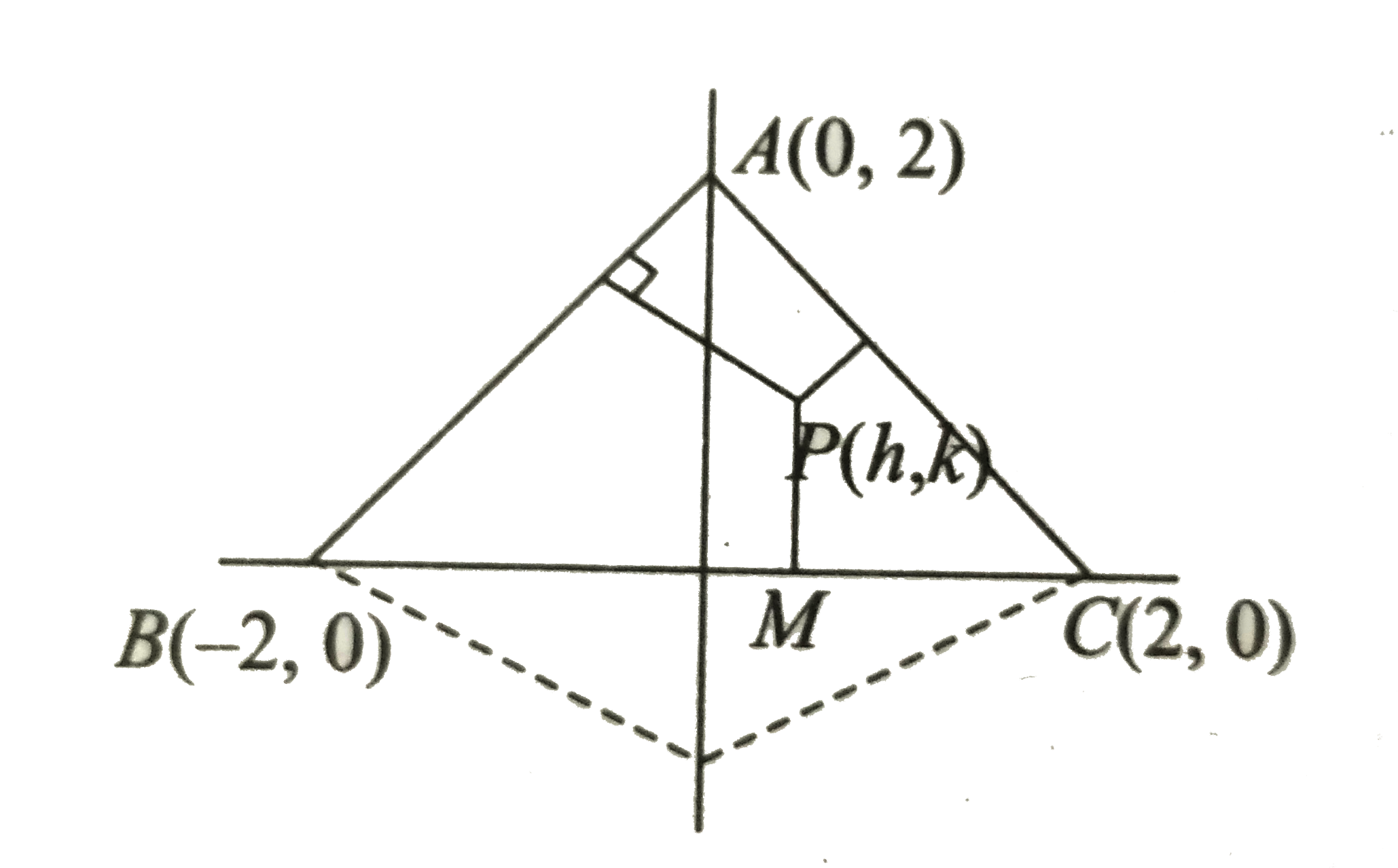A
B
C
D
Text Solution
Verified by Experts
The correct Answer is:
|
Topper's Solved these Questions
ELLIPSE
CENGAGE|Exercise Multiple Correct Answers Type|6 VideosView PlaylistDOT PRODUCT
CENGAGE|Exercise DPP 2.1|15 VideosView PlaylistELLIPSE AND HYPERBOLA
CENGAGE|Exercise Question Bank|28 VideosView Playlist
Similar Questions
Explore conceptually related problems
Knowledge Check
Similar Questions
Explore conceptually related problems
CENGAGE-ELLIPSE -Multiple Correct Answers Type
- In triangle ABC, a = 4 and b = c = 2 sqrt(2). A point P moves within t...
14:51
|
Playing Now - Extremities of the latera recta of the ellipses (x^2)/(a^2)+(y^2)/(b^...
06:32
|
Play - Identify correct statement(s) about conic sqrt((x-5)^(2)+(y-7)^(2)) +...
07:35
|
Play - P and Q are two points on the ellipse (x^(2))/(a^(2)) +(y^(2))/(b^(2))...
11:46
|
Play - For the ellipse (x^(2))/(a^(2))+(y^(2))/(b^(2)) =1 and (x^(2))/(b^(2))...
07:26
|
Play - AB and CD are two equal and parallel chords of the ellipse (x^(2))/(a^...
Text Solution
|
Play
